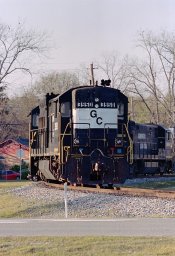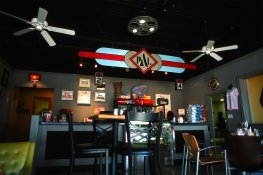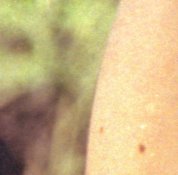Thomas Bertilsson
Member
Stone, when it comes to scanning, the difference between reversal film and negative film is their contrast: slide film high and negative film low. As a result, the negative scan must be contrast expanded, which amplifies scanner noise a great deal. What you see there has nothing to do with film grain and everything to do with a lousy scanner (let me guess: Epson V700/750?).
This being an analog forum and all, I still think that color negative film would have a MUCH better reputation here if there was an affordable film scanner that wasn't noisy as heck.
The V700/750 is not lousy. It's a middle of the road scanner, neither great, nor lousy. With a wet mounting kit it is surprisingly good, however.
Color negative film can be amazingly great from something like an Imacon or a Heidelberg. So can slide film. I often find that my V700 doesn't have near the dynamic range to come up with clean blacks no matter what I do. The same film scanned on a Flextight looks much better.
Anyway, whatever method the OP is using to get their final presentation they should pick the film that suits their work flow and supports their output best. I don't know enough about the three current Portra emulsions to tell much of a difference between them. I do know I have used all three and they are all remarkably good films.




















